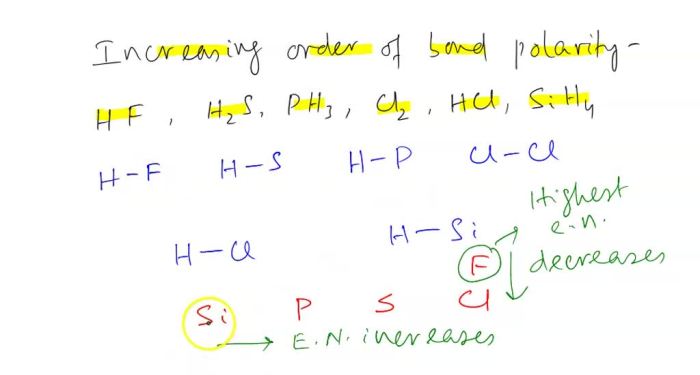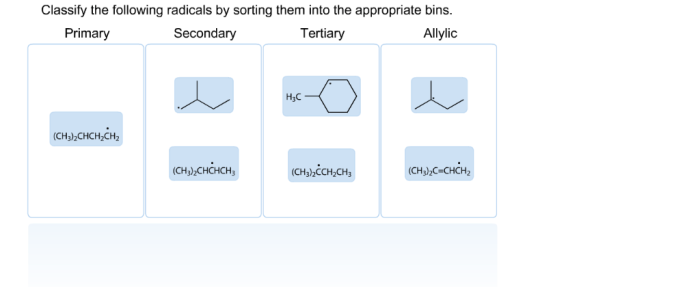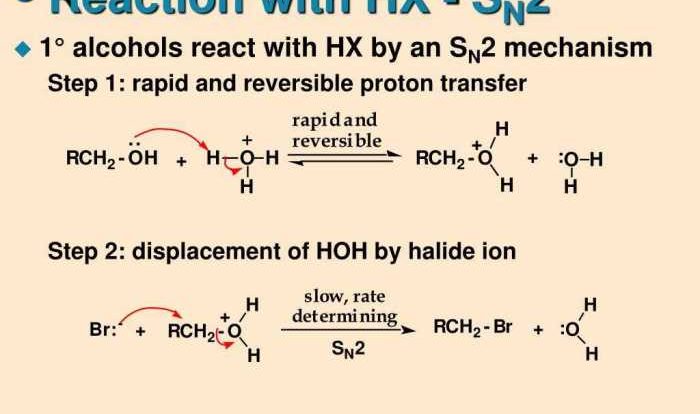Unveiling the mysteries of chemistry, the ‘Mass and Moles Worksheet Answers’ guide embarks on a journey to illuminate the intricate relationship between mass and moles. Delving into the fundamental concepts, this comprehensive resource empowers students to navigate the complexities of mass and moles calculations with precision and confidence.
Through a captivating exploration of real-world applications and engaging examples, this guide unravels the practical significance of mass and moles in chemistry. Prepare to unravel the secrets of mass and moles, transforming your understanding of this essential aspect of the chemical realm.
Introduction
Mass and moles are fundamental concepts in chemistry. Mass is a measure of the amount of matter in an object, while moles are a measure of the amount of substance in an object.
The relationship between mass and moles is given by the molar mass of the substance. The molar mass is the mass of one mole of the substance. For example, the molar mass of water is 18.015 g/mol. This means that one mole of water has a mass of 18.015 g.
Importance of Understanding Mass and Moles in Chemistry
Understanding mass and moles is important in chemistry because it allows us to calculate the amount of reactants and products in a chemical reaction. It also allows us to calculate the concentration of a solution.
Mass and Moles Worksheet: Mass And Moles Worksheet Answers
This worksheet provides practice problems for converting between mass and moles of a substance. To solve these problems, you will need to use the following formula:
moles = mass (g) / molar mass (g/mol)
Where:
- moles is the number of moles of the substance
- mass is the mass of the substance in grams
- molar mass is the mass of one mole of the substance in grams
Sample Problems
- What is the mass of 2.5 moles of sodium chloride (NaCl)?
- How many moles are in 50.0 g of glucose (C6H12O6)?
Common Mistakes
Students often make the following mistakes when solving mass and moles problems:
- Using the incorrect molar mass
- Forgetting to convert the mass to grams
- Misplacing the decimal point
Mass and Moles Calculations
Mass and moles are two important units of measurement in chemistry. Mass is a measure of the amount of matter in an object, while moles are a measure of the amount of substance in an object. The mole is the SI unit of amount of substance.
The molar mass of a substance is the mass of one mole of that substance. The molar mass of a substance can be used to convert between mass and moles.
Calculating Mass from Moles
To calculate the mass of a substance from the number of moles, multiply the number of moles by the molar mass of the substance.
Mass (g) = Moles (mol) × Molar mass (g/mol)
Calculating Moles from Mass
To calculate the number of moles of a substance from the mass, divide the mass of the substance by the molar mass of the substance.
Moles (mol) = Mass (g) / Molar mass (g/mol)
Examples of Mass and Moles Calculations
- What is the mass of 2.5 moles of sodium chloride (NaCl)?
- How many moles are in 100 g of water (H 2O)?
“` Mass (g) = 2.5 mol × 58.44 g/mol = 146.1 g “`
“` Moles (mol) = 100 g / 18.02 g/mol = 5.55 mol “`
Applications of Mass and Moles
Mass and moles are fundamental concepts in chemistry that have numerous applications in various fields. They play a crucial role in quantitative analysis, stoichiometry, and chemical reactions, enabling scientists and researchers to understand and predict the behavior of chemical substances.
Beyond the laboratory, mass and moles have practical applications in everyday life. Here are a few examples:
In Cooking
- Measuring ingredients by mass or volume ensures accurate proportions, leading to consistent and successful culinary outcomes.
- Converting recipes from one measurement system to another requires understanding the relationship between mass and volume.
In Medicine
- Dosage calculations for medications are based on the mass or moles of the active ingredient, ensuring appropriate administration and minimizing adverse effects.
- In diagnostic tests, the concentration of analytes in bodily fluids is often expressed in terms of mass or moles per unit volume, providing valuable information for medical diagnosis and monitoring.
In Industry
- Chemical manufacturing processes rely on precise measurements of mass and moles to ensure product quality and optimize production yields.
- Environmental monitoring involves measuring the mass or moles of pollutants in air, water, and soil to assess their impact and develop mitigation strategies.
Resources
Expanding your knowledge of mass and moles is essential for mastering chemistry. Explore the following resources to enhance your understanding:
The provided resources offer a comprehensive understanding of mass and moles, equipping you with the necessary knowledge to excel in your studies.
Websites, Mass and moles worksheet answers
- Khan Academy: What is Molar Mass? | Khan Academy
- Crash Course Chemistry: Mole Conversions: Crash Course Chemistry
- The Chemistry Place: Mole Calculations – The Chemistry Place
Books
- Chemistry: The Central Science by Theodore L. Brown, H. Eugene LeMay, Jr., Bruce E. Bursten, and Catherine J.
Murphy
- General Chemistry by Raymond Chang and Kenneth A. Goldsby
- Chemistry: A Molecular Approach by Nivaldo J. Tro
Other Materials
- Periodic Table of Elements: Periodic Table
- Molecular Weight Calculator: Molecular Weight Calculator
- Interactive Mole Calculations: Balancing Chemical Equations
Expert Answers
What is the relationship between mass and moles?
The relationship between mass and moles is defined by the molar mass, which is the mass of one mole of a substance. The molar mass allows us to convert between the mass and the number of moles of a substance.
How do I calculate the mass of a substance from the number of moles?
To calculate the mass of a substance from the number of moles, multiply the number of moles by the molar mass of the substance.
How do I calculate the number of moles of a substance from the mass?
To calculate the number of moles of a substance from the mass, divide the mass of the substance by the molar mass of the substance.


